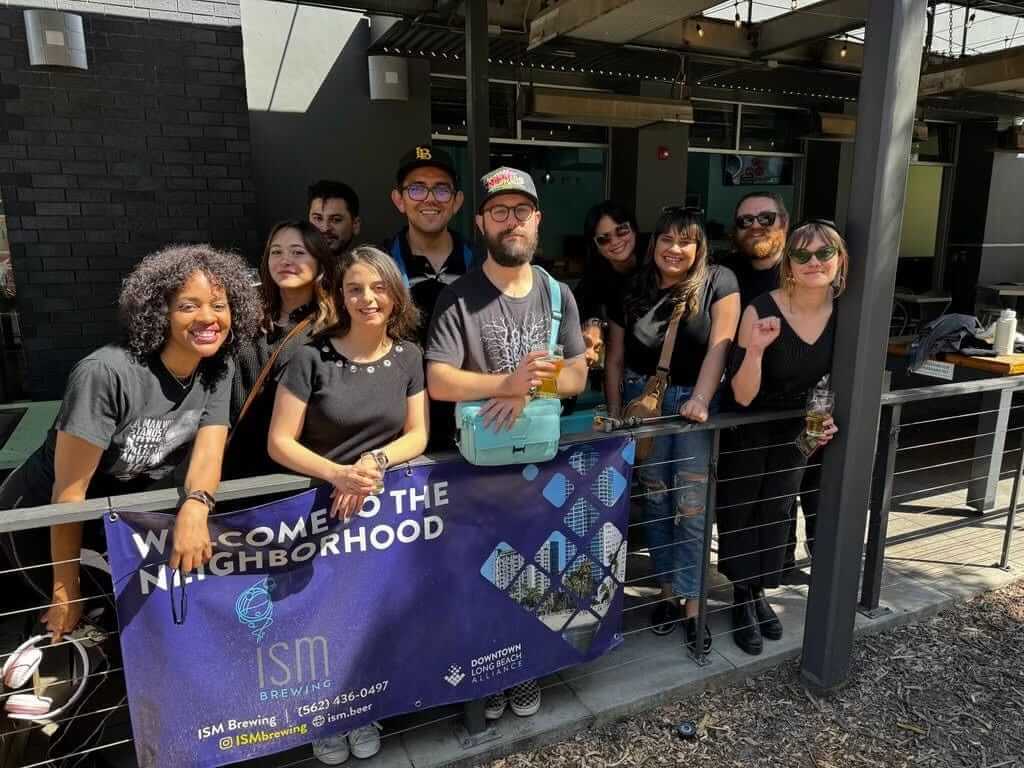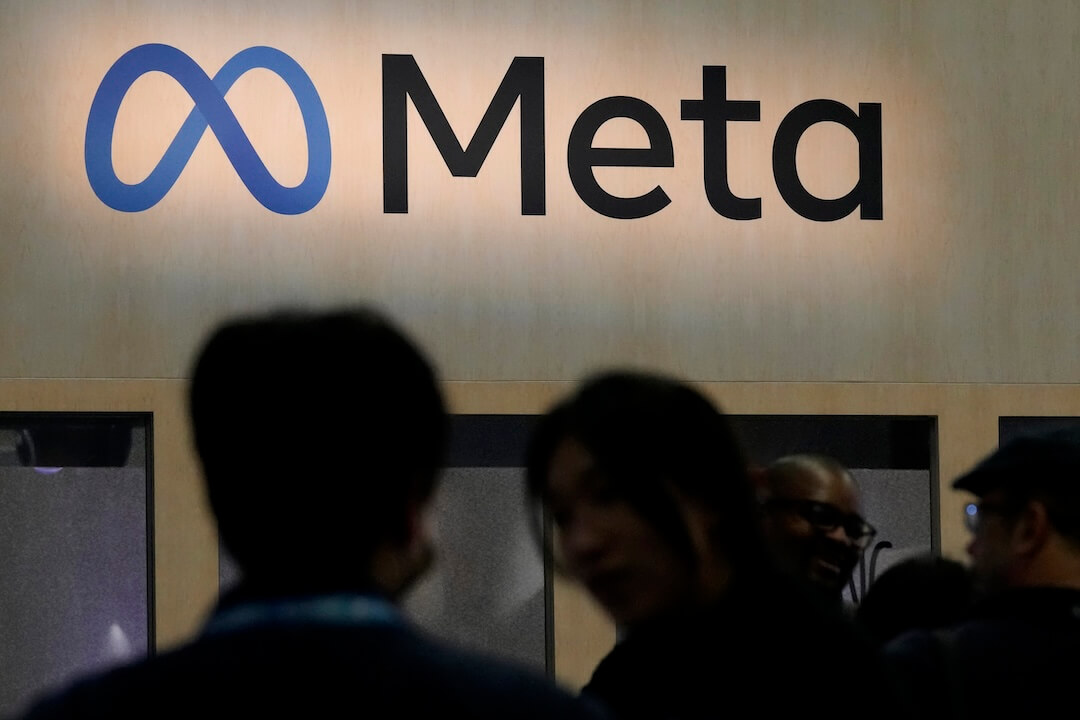Mario Garcia began Poynter’s Eyetrack Tablet Conference at the Medill School of Journalism – streaming live – with an optimistic vision of the future of the news “quartet.” The four dominant vehicles for storytelling – mobile, print, tablet and online – can work in tandem throughout a media consumer’s day. The key: keeping in mind what makes them distinct while maintaining a consistent brand.
What does that mean for tablets? Know the device’s capabilities and don’t mimic the newspaper experience when you design for the iPad. Avoid the “frustrated finger” that taps and taps to no avail. Garcia’s analogy: If you want to keep a child engaged at night with a bedtime story, read her a popup book. But a flat experience lacking in dynamism will put her straight to sleep.
It also means engaging readers with videos and photo galleries, storytelling tools that might be wasted on mobile and online. In Garcia’s quartet model, smartphones and laptops are “lean forward” devices, able to deliver breaking news and information snippets during the day. They provide the “tapas” that whet the reader’s appetite for a larger meal. Then, between 7 p.m. and 11 p.m., readers want a “lean back” leisure experience, and that’s when tablets and printed editions can be at their best. One irony there: Garcia began his career at evening newspapers, which have long disappeared from American media. Journalists need to reclaim that evening time.
Still, users aren’t endlessly patient once they get home from work and kick their shoes off. “You have ten seconds to seduce,” Garcia says. They want a visual navigator that immerses them in the content quickly, and Poynter’s research on preferred news app design, which will be discussed in detail later in the day, supports that.
During the section session, Miranda Mulligan, executive director of the Knight Lab at Medill, spoke about the power of responsive design: Publish the content just once, and it’ll adapt to all platforms.
The Boston Globe was one of the first out the door with this strategy, Mulligan says, and Evening Edition is a commuter-friendly example. It’s impossible to predict what the most popular device will be in 3 to 5 years, but with responsive design you can be sure that your site will be relevant on anything with a Web browser – whether it’s a tablet in your car or some innovative new way to check the weather on your surfboard, Mulligan says.
Responsive design could be the best tablet strategy for smaller news organizations without the financial resources of the New York Times, says Poynter’s Rick Edmonds.
Building an app from the ground up can be prohibitively expensive when it comes to manpower and data migration, and it’s not guaranteed to be successful right away (see the Orange County Register’s Peel, which recently folded). Mario Garcia counters that using app templates can cut down on costs, and the rich storytelling possibilities are too innovative to ignore. It doesn’t have to be expensive, and it’s a long-term investment anyway. Don’t just leave it to the big players, Garcia advises.
The tablet audience is growing fast, according to a survey by the Pew Research Center’s Project for Excellence in Journalism and the Economist Group, reported by Edmonds at Poynter. Twenty-two percent of U.S. adults own a tablet, up from 11 percent a year ago. And Poynter’s Regina McCombs emphasized that it’s pure fantasy to think that readers or users are ever fully engaged with just one screen at a time. See Google’s The New Multi-Screen World for elegant explanations of just how connected we are at all times.
The takeaway of the session: Tablets are where the readers are, and news organizations have to find a way to reach them on that platform. How to do so – either through responsive design to maximize a site’s potential on traditional browsers or through the bigger investment of a native app – depends on the organization’s finances, content type and ability to see into the future.
Finally, Poynter’s Sara Quinn, Smart Media Creative’s Dave Stanton, Medill’s Jeremy Gilbert and Mario Garcia presented the full findings of Poynter’s Eyetrack Tablet study, some details of which can be found here.
The data are revealing. All iPad users don’t interact with their devices in the same way, but two strong similarities emerged: One, 70 percent of subjects in Poynter’s study instinctively used iPads in the horizontal, landscape orientation; and two, users overwhelmingly displayed the urge to swipe through photo galleries horizontally.
What’s unclear, of course, is whether those behaviors reflect inherent preferences, or whether the preferences are a result of precedent-setting designs with rules that aren’t as rigid as they seem. The gallery research, at least, suggests that users can be trained quickly to swipe vertically through photos, indicating designers shouldn’t necessarily feel hampered by rules that aren’t dogma.
But some of the more fascinating results show differences between readers. For example, 61 percent of subjects were “intimate readers,” constantly touching the screen, scrolling little by little through text and looking for ways to interact. “Detached readers,” meanwhile, tended to fill a page with information they wanted and then sit back to consume it all before moving on. They were far less hands-on.
The findings could have big implications for the basic structure of tablet design: Should iPad content be paginated, allowing for full-screen swipes from page to page horizontally like a magazine? Or would that make otherwise intimate readers feel detached because they can’t constantly interact with text to make it scroll vertically like they do online? And are the preferences for one method over the other so strong that failing to cater to one particular group would keep those readers away in any substantial way?
It’s clear that reader preferences differ enough that one design doesn’t fit every user perfectly, but iPad news designers might be able to find the right middle ground: interactive enough to keep intimate readers engaged, but not so interactive that it alienates those who want a more laid-back experience. And to the degree that tablets are new enough that behaviors may not yet be too ingrained or rigid, there’s plenty of room for innovation.
Poynter will be posting further in-depth analysis of these findings and others – and suggested strategies for designers – over the next few weeks.





